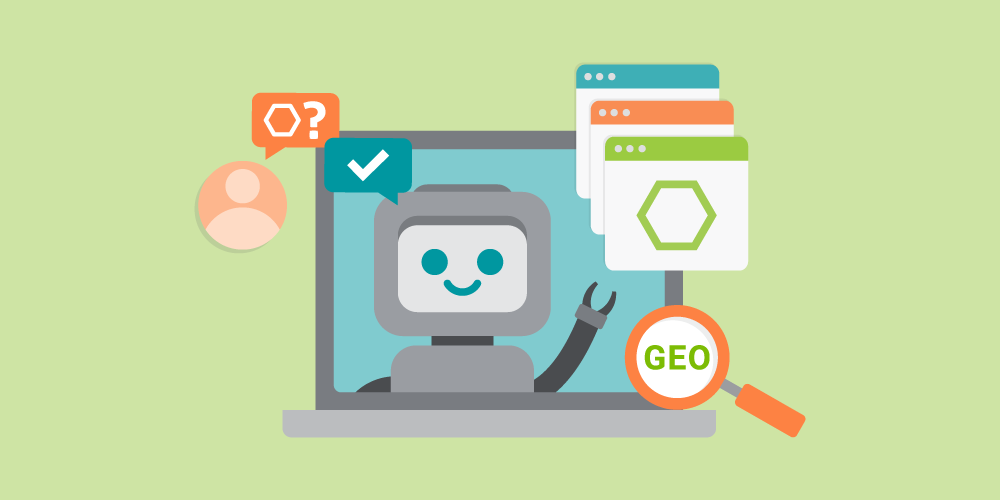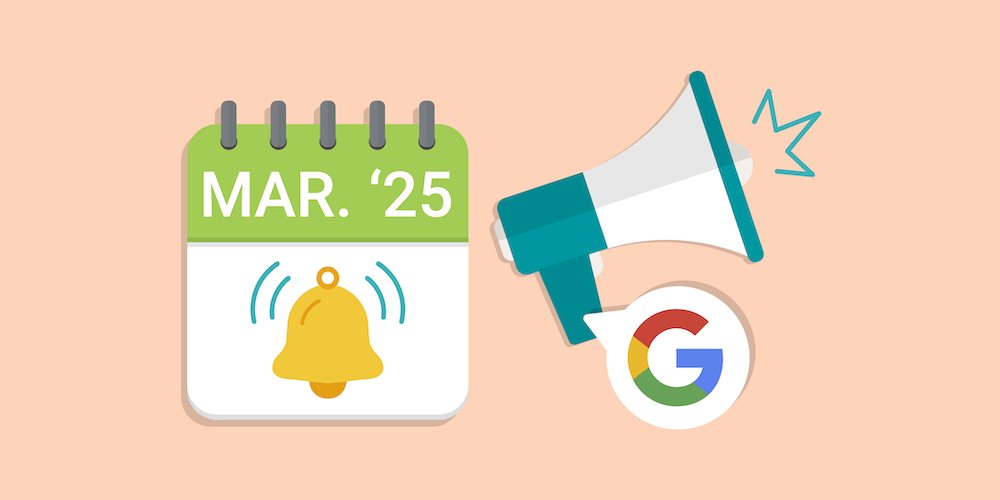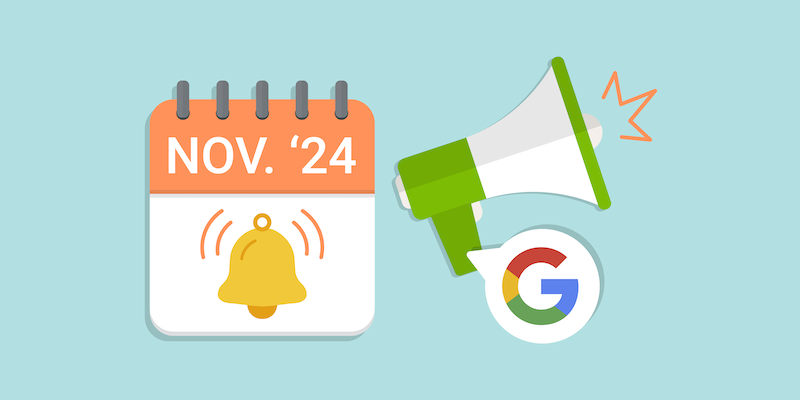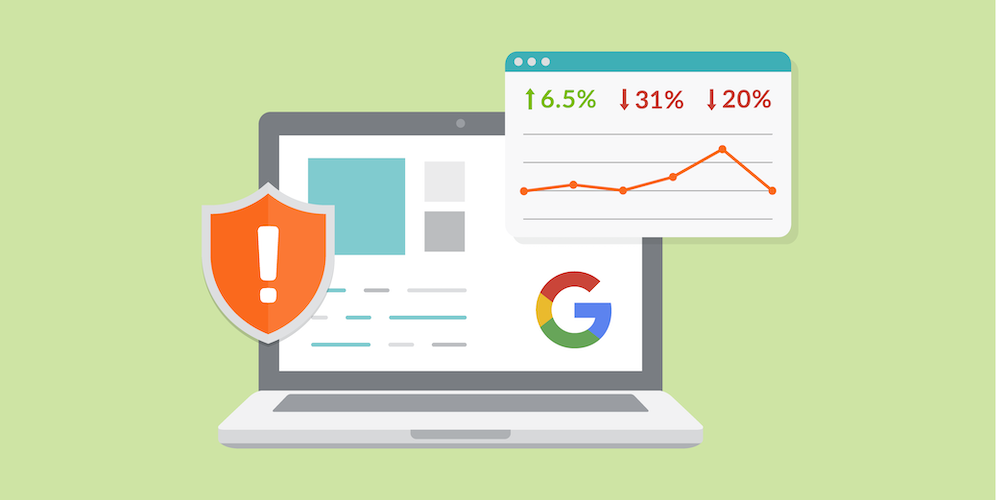How to Optimize Your Life Science Content for AI
By Jordan Eller
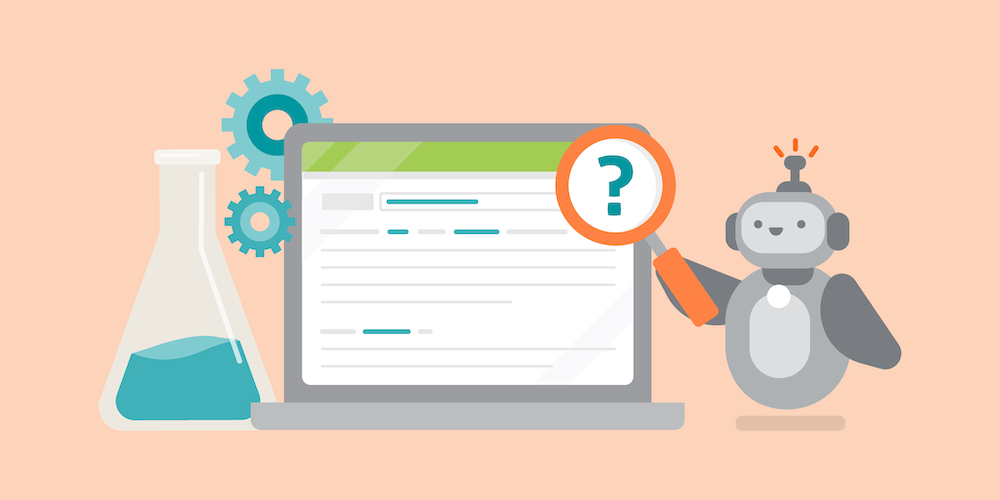
Search is changing fast. Instead of just typing questions into Google, more people are using tools like ChatGPT, Gemini, and Claude to get instant, conversational answers. That includes your potential clients in pharma, biotech, clinical research, and contract manufacturing.
If you’re not thinking about how AI tools read and interpret your content, you’re missing out on a growing share of visibility. This is where AI Search Optimization (AI-SEO) comes in.
What Is AI-Enhanced Search?
AI-SEO is a new layer of strategy that goes beyond traditional SEO. AI-enhanced search means that instead of showing users a list of links, tools like ChatGPT summarize answers using information pulled from across the web. Sometimes they’ll even cite their sources, which is a big deal for marketers.
For example, if someone asks “What should I look for in a GLP-compliant CRO?”, the answer they get might include a few paragraphs of explanation… along with a link to a vendor’s website. If your content is optimized to be found and trusted, your scientific company could be in that #1 position.
New Terms to Know
Here are a few phrases popping up in the AI-SEO conversation:
-
Generative Engine Optimization (GEO): Making your content more discoverable to AI tools, not just Google.
-
Answer Optimization: Structuring your copy so AI can easily pull and summarize key information.
-
Citations-as-Clicks: When an AI tool includes a clickable link to your site in its response.
-
Structured Context: Clearly explaining who you are, what you do, and who you serve.
How Life Science Marketers Can Prepare
1. Be Clear About Who You Are and What You Do
AI tools don’t guess well. Make it easy for them to understand your company and services. Spell out your niche, client types, and expertise.
Instead of vague copy like:
“We offer flexible, scalable drug development support…”
Try something more specific:
“We provide preclinical toxicology studies for small and mid-sized biotech companies developing oncology therapeutics.”
This kind of language helps AI tools associate your content with specific use cases and industries.
2. Add More Q&A Style Content
Think about the actual questions your clients are asking, and answer them directly on your website.
Add FAQs to your service pages. Use blog posts to break down complex topics. Include headings like “What’s the difference between GLP and non-GLP studies?” or “How long does aseptic fill-finish take?” These make it easier for AI tools to identify your content as helpful and trustworthy.
3. Write for Readability (and Still Be Accurate)
Yes, scientific accuracy is critical. But your content also needs to be easy for AI tools (and people) to summarize.
That means:
-
Shorter sentences and paragraphs
-
Clear headings
-
Defined acronyms
-
Minimal fluff or jargon
You don’t need to dumb it down, you just need to make it digestible.
4. Structure Content for AI to Find
Use schema markup where you can (especially for FAQs), keep your sitemap updated, and make sure each page has a clear topic focus. AI tools still rely on traditional signals like headings, page titles, and internal links to understand your site.
And don’t overlook the basics. The more crawlable and clean your site is, the better chance you have of showing up, whether it’s on Google or in a chatbot response.
5. Expect your clicks to dip a bit
It’s also worth noting that traditional click-through rates are already declining. According to a 2024 study by Rand Fishkin of SparkToro, 58.5% of Google searches in the U.S. ended without a click, meaning users got the information they needed right on the results page. In the EU, that number was even higher at 59.7%.
As AI tools like Gemini and ChatGPT continue to surface more direct answers, life science marketers should expect fewer clicks and more competition for visibility within the search experience itself. This shift makes it even more important to create content that’s structured, specific, and optimized for inclusion in AI-generated results.
Bottom Line
AI tools are becoming trusted research assistants, even in highly technical fields like life sciences. If your content isn’t optimized for how they find and use information, your brand might get left out of the conversation.
But with a few smart updates (clearer messaging, Q&A content, structured formatting) you can help your content stand out in a new kind of search experience.
If you’re looking for a trusted agency to help get more engagement with you life science brand, contact us today and learn how Forma can help increase visibility and grow your business.
